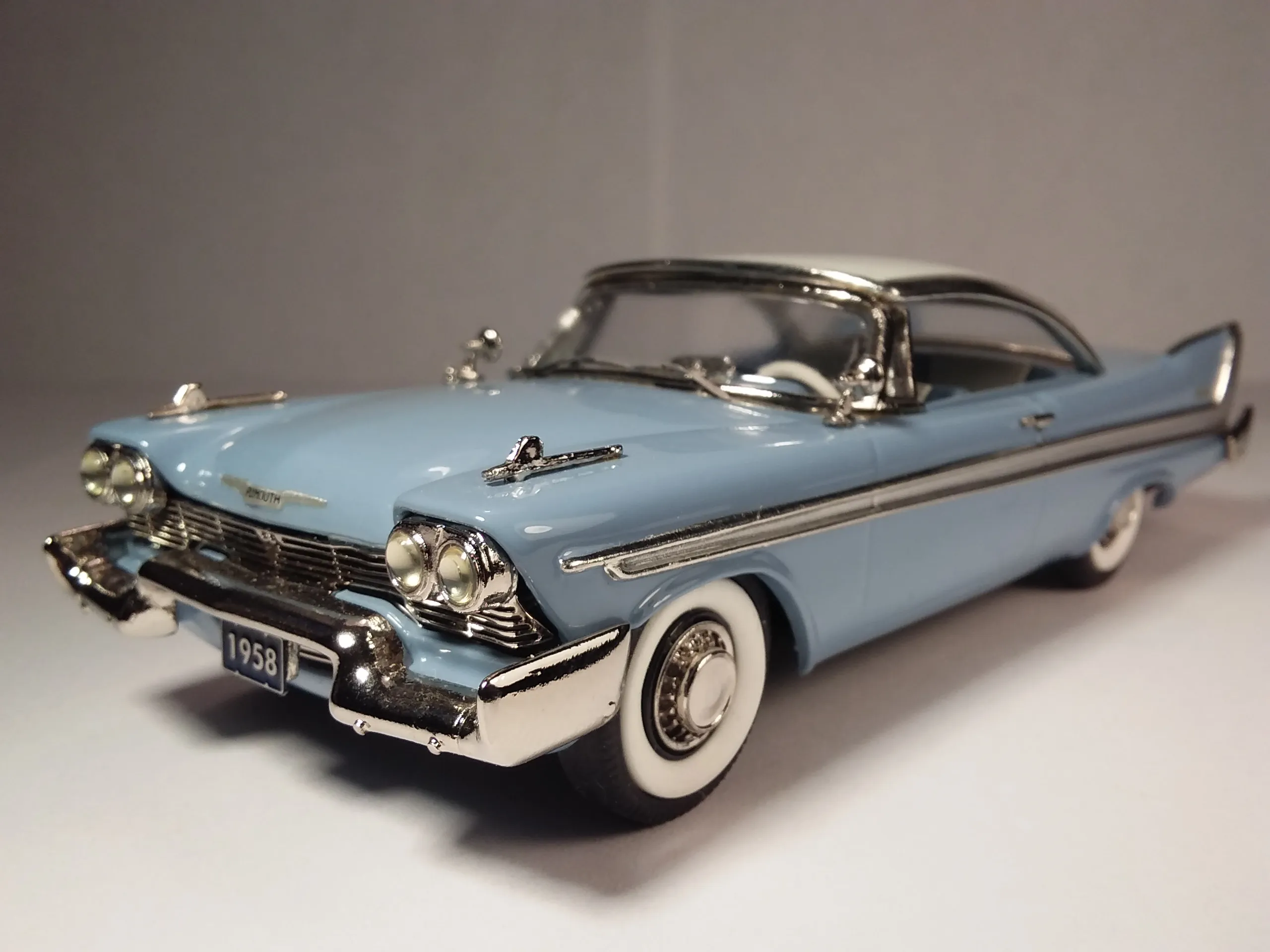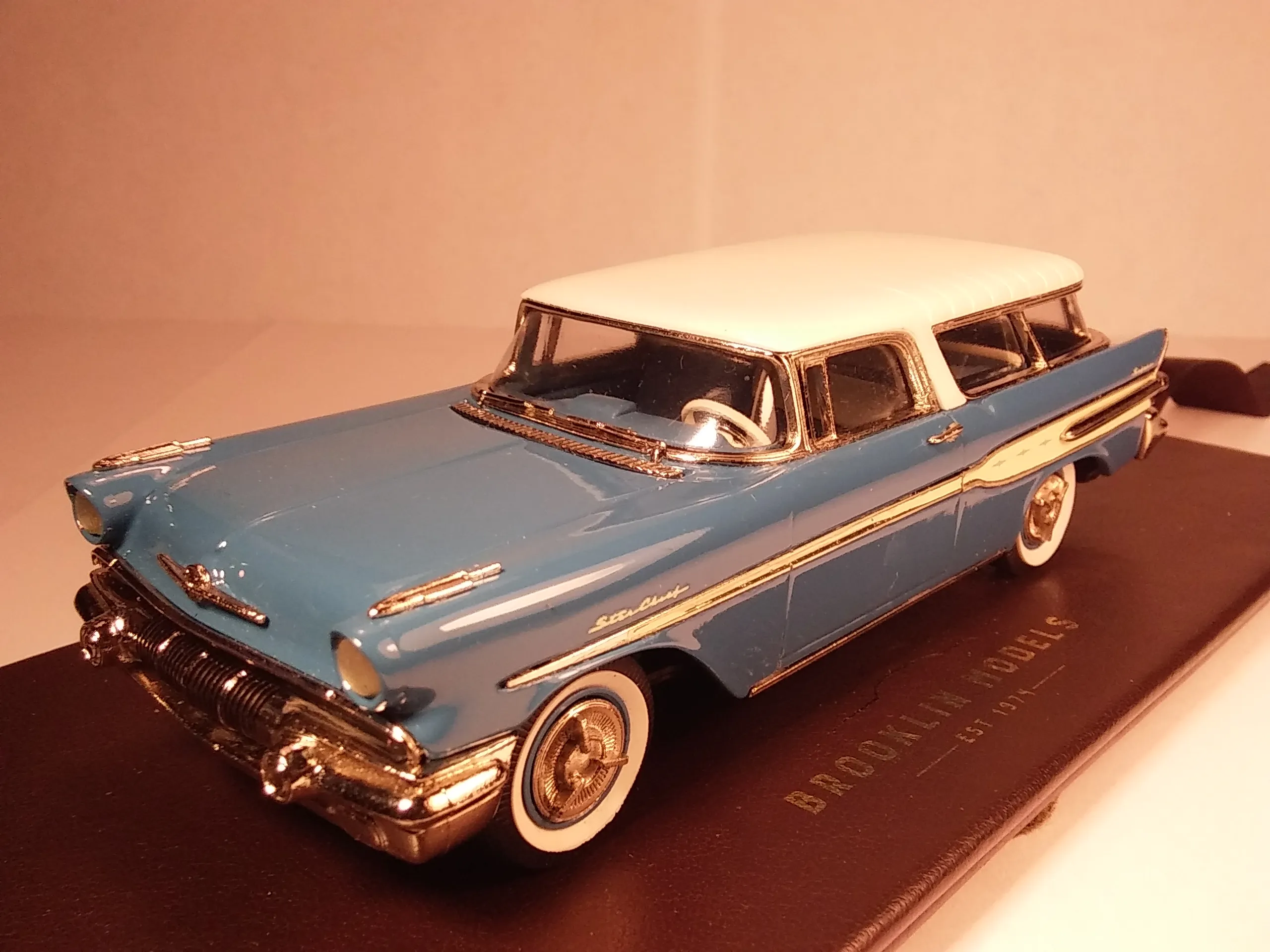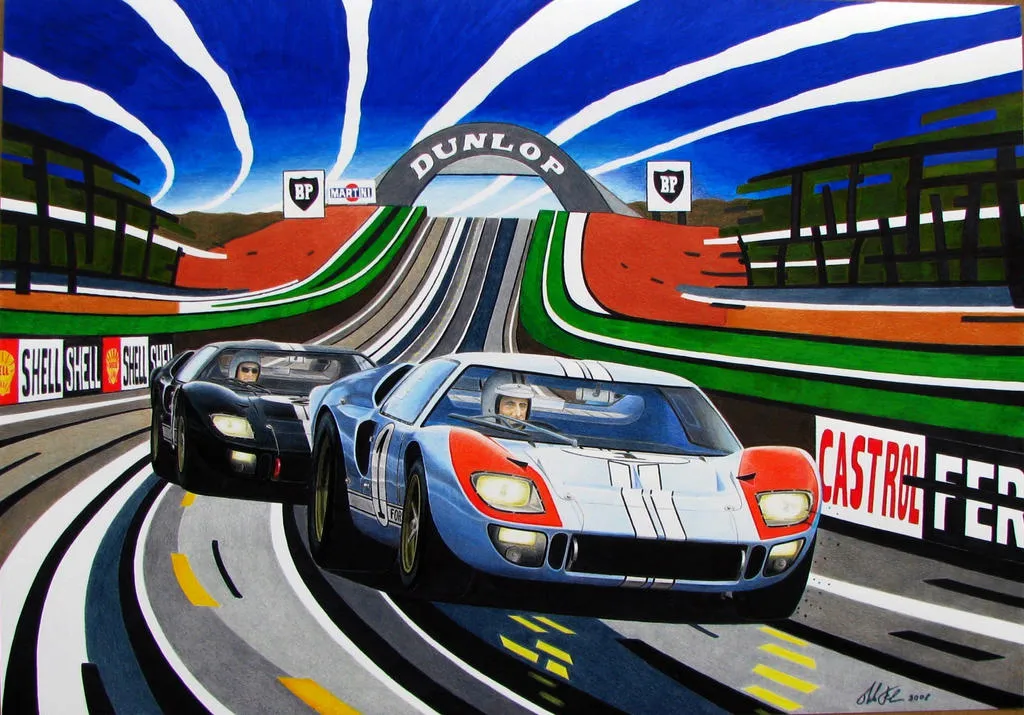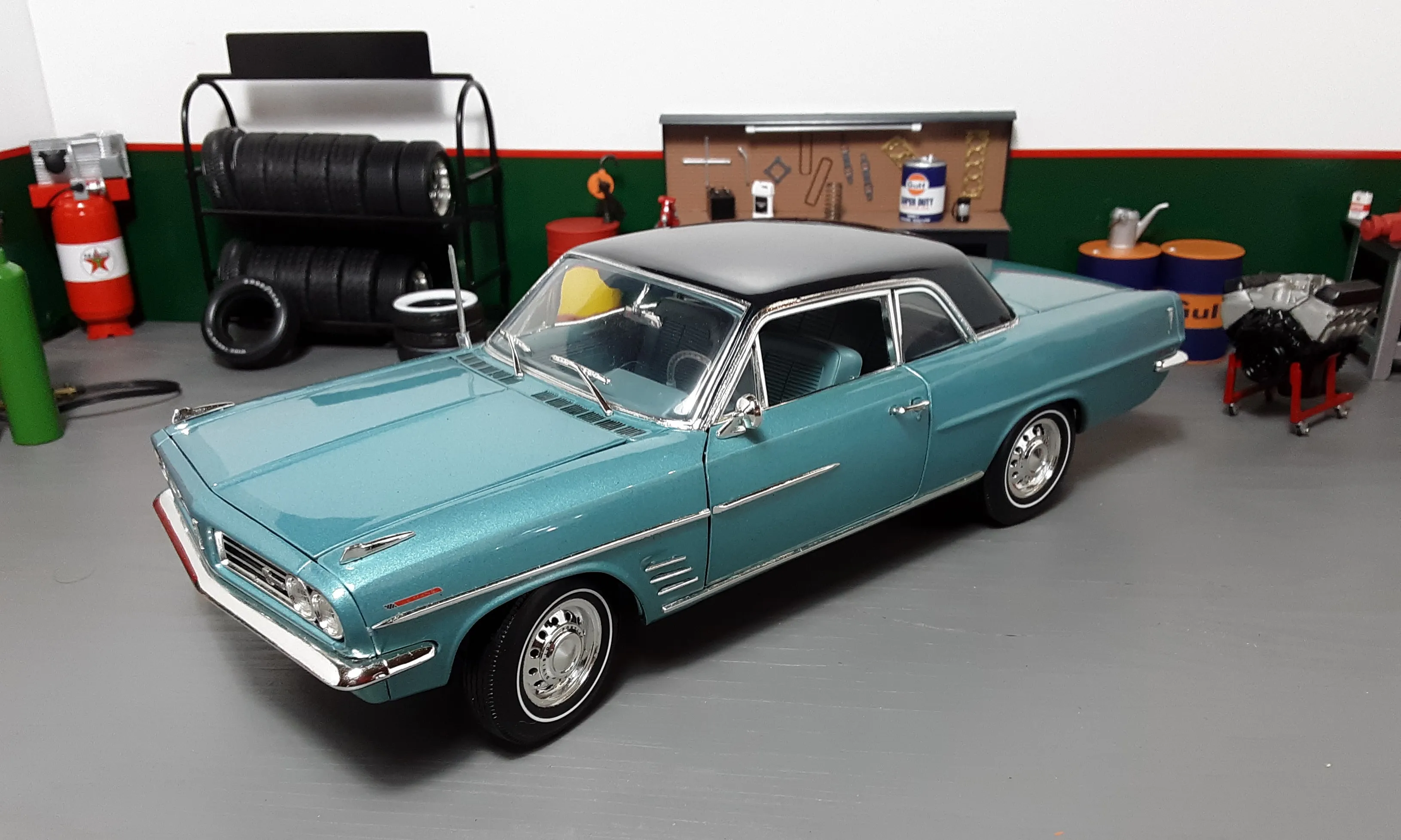What are Diecast Models
Diecast models are miniature replicas of vehicles, primarily automobiles, but also including aircraft, motorcycles, and even military vehicles. These models are typically made using a die-casting process where molten metal, usually zinc alloys, is injected into a mold. The process allows for intricate detailing and accurate representation of real-world vehicles. They are popular among collectors of all ages and serve as both toys and valuable collectibles. The level of detail can vary significantly, ranging from simple toy-like models to highly detailed, accurately scaled replicas. The appeal of diecast models lies in their ability to capture the essence of the original vehicles in a small, tangible form, allowing enthusiasts to appreciate the design, history, and engineering of these iconic machines.
The History of Diecast Models
The history of diecast models is closely linked to the evolution of toy manufacturing. The earliest diecast toys appeared in the late 19th and early 20th centuries, initially made of cast iron. However, the use of zinc alloys, the predominant material today, became more common in the mid-20th century. These models gained popularity due to their durability and ability to replicate complex designs. The development of more sophisticated die-casting techniques and materials has led to incredible detail and realism in modern diecast models, making them highly sought after by collectors. The history of diecast models mirrors the evolution of the automotive industry itself, with models often reflecting the popular cars of their time.
Early Diecast Manufacturing

Early diecast manufacturing was a groundbreaking innovation in the toy industry. Before the advent of die-casting, toys were often made from wood, tin, or simple metal stampings. The die-casting process allowed for the creation of more intricate and detailed designs. The early manufacturing processes were relatively basic, but they laid the foundation for the complex, high-precision techniques used today. Early diecast models were primarily utilitarian, meant to be played with, but they quickly gained a following among collectors who appreciated their detailed craftsmanship and representation of real-world vehicles. These early models were a testament to the ingenuity of early toy manufacturers.
Evolution of Diecast Materials
The materials used in diecast model manufacturing have evolved significantly over the years. While cast iron was used in the early days, zinc alloys quickly became the standard because of their lower melting point and ability to replicate fine details. The use of different alloys and plastics has allowed for improvements in durability and detailing. Modern diecast models often incorporate plastic components for interior details, tires, and other parts. These materials advancements have allowed manufacturers to create more realistic and durable models. The ongoing evolution of materials continues to improve the quality and realism of diecast models, making them more appealing to both toy enthusiasts and serious collectors. The use of high-quality materials is a key factor in the value and longevity of a diecast model.
Types of Diecast Models
Diecast models encompass a wide variety of vehicles, each with its own dedicated following. The most popular are cars, ranging from classic automobiles to modern supercars. Other types include trucks, buses, motorcycles, aircraft, and military vehicles. Within each category, there are subcategories based on scale, manufacturer, and model year. Some collectors specialize in a specific type of vehicle or era, while others collect a wide variety. The diversity of diecast models ensures that there is something for every collector. The different types of models also appeal to different interests, whether it is the history of cars, the thrill of aviation, or the importance of military vehicles. This variety is one of the main reasons for the enduring appeal of diecast models.
Scale Sizes of Diecast Models

Scale is a critical aspect of diecast models, as it determines the size and level of detail. Common scales include 1:18, 1:24, 1:43, and 1:64. The scale represents the ratio between the model’s size and the size of the original vehicle. For example, a 1:18 scale model is one-eighteenth the size of the real car. Smaller scales, like 1:64, are often more affordable and take up less display space. Larger scales, such as 1:18, offer greater detail and are often preferred by serious collectors. The choice of scale often depends on personal preference, available display space, and budget. The consistent use of scale allows collectors to compare and contrast different models. Understanding scale is key to appreciating the accuracy and detail of diecast models.
Popular Diecast Model Scales
Several scales dominate the diecast model market, each with its own strengths and appeal. 1:18 scale models are popular for their impressive detail and size, making them a showcase piece for many collectors. 1:24 scale models are a common choice, offering a balance of detail and affordability. 1:43 scale is a popular choice for collectors with limited space, and they often focus on specific manufacturers or vehicle types. 1:64 scale, commonly known as ‘Matchbox’ or ‘Hot Wheels’ size, is the most accessible scale, with a vast selection of models available at a low price. The popularity of each scale can fluctuate based on trends in collecting and the availability of specific models. These scales provide a convenient way for collectors to compare the same car in a variety of different sizes and degrees of detail.
Factors Influencing Diecast Model Value
The value of diecast models is influenced by several factors, including rarity, condition, and the level of detail. Limited edition models, those produced in small quantities, are often highly sought after and command premium prices. The condition of the model is critical, with mint-condition models being the most valuable. Details such as the quality of paint, the accuracy of the interior, and the inclusion of features such as opening doors and engine compartments also contribute to value. Brand name, the manufacturer, and the specific vehicle being represented also play a part. The market value for a model can vary based on trends in collecting and the demand for specific models. Investing in diecast models requires a level of knowledge and research to understand the market and assess the potential value of a given model.
Rarity and Limited Editions

Rarity and limited editions are key drivers of value in the diecast model market. Models produced in small quantities, or those that are exclusive to certain retailers or regions, can become highly valuable over time. Limited editions often feature unique paint schemes, detailing, or packaging that sets them apart from standard releases. Collectors actively seek out limited edition models, as they represent a potential investment and a unique addition to their collection. Rarity is not always determined by the number of models produced, but by the demand for them. The value of a rare model will continue to appreciate as time goes on, making them prized possessions for diecast model collectors. Knowing the production numbers and edition details is a crucial skill for any diecast model collector.
Condition and Preservation
The condition of a diecast model is paramount in determining its value. Models in mint condition, with no scratches, dents, or paint imperfections, are highly prized. Preservation involves careful handling, storage, and protection from environmental factors such as sunlight and moisture. Collectors often keep their models in their original packaging to protect them from damage. Proper maintenance, including occasional cleaning, is also crucial. Many collectors use display cases and protective sleeves to further protect their models. The goal is to maintain the model in the best possible condition, as this significantly affects its value and collectability. A well-preserved model is not only a valuable asset but a testament to the collector’s dedication and care.
Where to Buy Diecast Models
There are several avenues for acquiring diecast models, each with its advantages. Online marketplaces such as eBay and specialized diecast model websites offer a vast selection of models, both new and used. Specialty shops and dedicated diecast model dealers are also valuable resources, often offering a more curated selection and expert advice. Local toy stores, hobby shops, and antique stores are other options, offering the opportunity to find unique models and perhaps even uncover hidden gems. The best place to buy depends on the collector’s preferences, budget, and the specific models they are seeking. Researching and comparing prices across different sources can help ensure the best deal.
Online Marketplaces

Online marketplaces offer a convenient and extensive selection of diecast models. Websites like eBay, Amazon, and dedicated diecast model retailers offer a vast array of models from various manufacturers. The online marketplaces provide access to a wide range of prices and availability. However, it is essential to exercise caution when buying online. Always check seller ratings and reviews to ensure the seller is reputable and the model is accurately described. Understanding the nuances of the model you want, along with researching the seller, is crucial to avoiding potential problems such as counterfeit models or misrepresented conditions. Online marketplaces are the most popular way to shop for diecast models because they are very convenient.
Specialty Shops and Dealers
Specialty shops and dealers offer several benefits for diecast model collectors. These establishments specialize in diecast models and often possess a wealth of knowledge. The staff can provide expert advice, helping collectors identify rare models and assess their value. The ability to inspect models in person and examine the condition is a significant advantage. Many specialty shops have a curated selection of models, carefully chosen for their quality and rarity. Some dealers can also offer appraisals and restoration services. Building a relationship with a reputable dealer can be invaluable for serious collectors. Specialty shops can provide a superior, more reliable, experience for someone interested in starting or growing their collection.
Collecting Diecast Models Tips
Collecting diecast models can be a rewarding hobby, but it is essential to approach it strategically. Start by deciding what you want to collect. Define your area of interest, such as a specific manufacturer, vehicle type, or scale. Set a budget and stick to it. Research models before purchasing them, paying attention to their rarity, condition, and value. Join online forums and collecting communities to learn from other enthusiasts. When buying, prioritize the condition and authenticity of the model. Over time, you will develop expertise in valuing and appreciating diecast models. Always enjoy the journey and remember that collecting is a marathon, not a sprint. Building a collection of diecast models takes time, research, and the appreciation of the finer details of the subject.
Display and Storage

Proper display and storage are vital for preserving and showcasing your diecast model collection. Display cases and shelves protect models from dust, sunlight, and accidental damage. Consider the aesthetics of your display. Organize your collection to enhance its visual appeal. Avoid direct sunlight, which can fade paint and damage decals. Store models in a cool, dry environment away from extreme temperatures and humidity. If you’re storing models long-term, consider keeping them in their original packaging. Regular dusting and cleaning can also help maintain the quality of your collection. Investing in a well-planned display and storage system is an investment in the longevity and value of your models.
Maintenance and Care
Regular maintenance is crucial to keeping your diecast models in top condition. Dust your models regularly with a soft brush or cloth. Avoid harsh chemicals or abrasive cleaners. Use a mild soap solution for cleaning stubborn dirt. Inspect your models periodically for any signs of damage. Handle your models with care, avoiding excessive force or pressure. Store your models in a controlled environment to minimize the risk of damage. For models that are displayed, consider rotating them periodically to prevent sun exposure damage. By following these simple maintenance tips, you can help ensure that your diecast models remain in excellent condition for years to come. Taking care of your models keeps them looking their best and also preserves their value over time.
